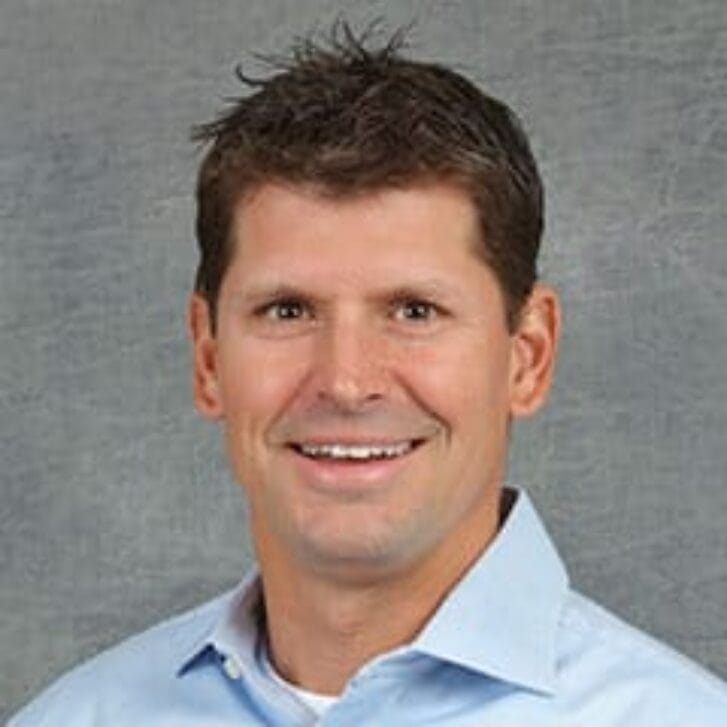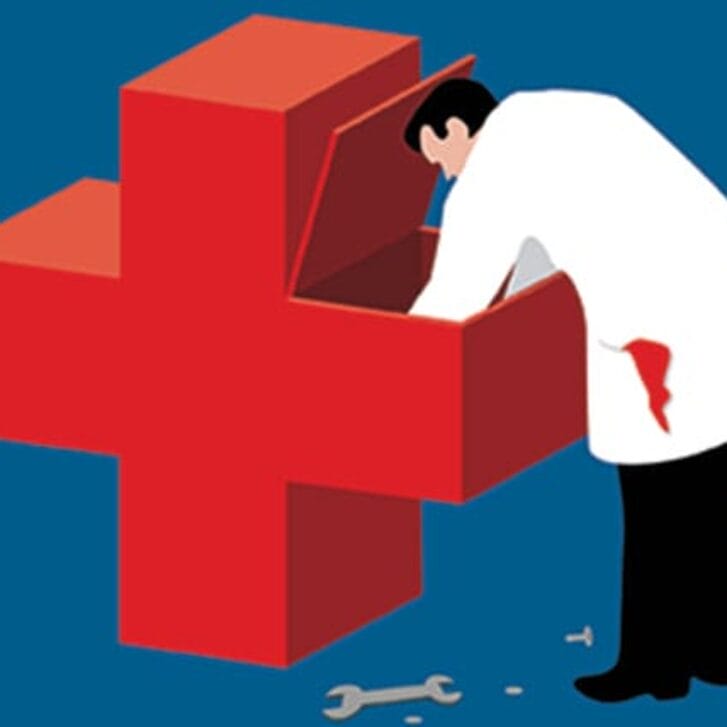Early on in my first year at Wharton, I had a conversation with my roommate, Barrie Lepley WG73, about what he did in the military between Yale and our MBA program. Barrie had been interviewed by Hyman Rickover, the father of the U.S. nuclear submarine program, to be accepted into the Navy nuclear engineer program. Later, he designed fleet-defense software. I can’t say for sure if it was at this moment or during one of my many similarly impressive conversations with classmates, but I recall thinking that I’d never again find myself surrounded by such a concentration of brainpower and talent. That turned out to be true — almost.
As an outgoing person, I made a lot of friends in my two years on campus. Determined to keep in touch with my colleagues after graduation, I wrote and distributed an annual newsletter with updates and stories from 50 classmates. But as pressures of my career as a founder and leader in the trucking industry took precedence, the newsletter faded away. I visited with Wharton friends in Chicago and New York when there on business, yet that became less of a priority over time. I had little or no contact with classmates or Wharton for decades, with a few exceptions. Dean Tom Gerrity came to Memphis around 1990 and hosted a large luncheon that I attended. Later on, an Australian wag from my class, Kevin Crombie WG73, sent me an invitation to a large America’s Cup party in Perth that specified “BYOY” — that is, “Bring your own yacht.” Sadly, I couldn’t take time off from work and didn’t have a yacht.
An unexpected phone call in 2017 would soon lead me back to my Wharton roots. I received a telephone message from Helen Formanes, head of emeritus reunions for Wharton External Affairs, asking me to join her for lunch during her trip to Memphis the following week. Our get-together was full of information. I asked about School news, the current curriculum, and the student body. She asked about my career and how Wharton had impacted it. My class’s 45th Reunion planning was starting, and Helen suggested that I join the Committee. I agreed, with no idea that a significant part of my intellectual and social stimulation would be, once again, thanks to Wharton — this time, when I was past the age of 65.
Upon joining the Committee and signing the University’s paperwork, I was back to my old newsletter routine — reaching out to all the classmates I knew and some names that I recognized. With many people, it was as if we hadn’t talked in a few months rather than four decades. Wentz Miller WG73 had a career in hospital management, lived in Jupiter, Florida, and invited me to stay at his house and see some St. Louis Cardinals spring training games. Another classmate, John Patience WG73, shared his career journey; he’d left McKinsey for venture capital investing in the medical field. The durability of those Wharton bonds continued to amaze.
Our 45th Reunion was a whirlwind of renewing old friendships and building new memories. Professor Jeremy Siegel gave a talk and signed books. We had dinner at Parc on Rittenhouse Square and toured the Union League, courtesy of our Reunion chair, Naomi Levin Breman WG73. All the pomp and circumstance of both Reunion and graduation made for a memorable experience.
Perhaps the most impactful Reunion event was a luncheon for members of the Wharton Graduate Emeritus Society. The purpose was to recognize the recipients of the Crandall Challenge Citations, named for former chairman of American Airlines Bob Crandall WG60. He challenged emeritus Wharton MBAs to continue to lead; continue to invest their Wharton-based experience, talents, and connections; and continue to utilize the exemplary education they received to make the world a better place, particularly in the nonprofit sector.
The Crandall Challenge and the passion of the Emeritus Society members were so impressive that I joined the WGES leadership committee; a year later, I was honored to chair the Crandall Challenge Citations program. In these two positions, I learned what WGES is all about — connecting people with each other, building relationships, and amplifying the impact of our Wharton educations. For the Challenge, I reach out annually to most Wharton MBA Clubs in the U.S. and abroad for alumni nominations. That’s nearly 80 clubs in total; the size and scale of Wharton’s alumni community, spanning all continents, is truly remarkable. The Crandall Challenge has grown so much since its start in 2017 that we’ve created an honor roll on the WGES website for those who weren’t awarded citations. We want to promote and applaud as many ideas for service as possible, so fellow emeritus MBA alumni may be inspired to create similar projects in their community and serve the public good.
This year marks the 20th anniversary of the Wharton Graduate Emeritus Society, which is the only organization of its kind among elite business schools. Along with the Crandall Challenge, WGES has a robust array of initiatives: social media on Facebook and LinkedIn, lifelong learning, global club connections, mentorship opportunities, Class Notes correspondent volunteering, Reunion events, and a new “Thriving in Retirement” program, all of which and more is detailed on the frequently updated WGES website.
On Locust Walk behind Huntsman Hall, you will find a bench with a plaque honoring WGES founder Jack Smith W51 WG52. Jack’s presence continues to be felt through his son-in-law, Jack Holton WG73, who’s a WGES leader and one of its most active members. Thanks to the vision of alumni like Jack and Bob Crandall, I’ve rediscovered that sense of wonder I felt 50 years ago, when I first realized the remarkable caliber of the people I called my peers, and my friends, at Wharton. Decades later, those classmates and WGES have inspired me not only to stay active and engaged, but also to give back, both to the Wharton community and to the world.
McClain Gordon WG73 founded and was president of Motorcarrier Petroleum Group LLC and Roadcard Services.
Published as “Golden Opportunities” in the Fall/Winter 2023 issue of Wharton Magazine.


























